
Millions of people around the world have chosen running as a form of regular exercise, with the number increasing every year. Of these, more and more participate in organized races of shorter or longer distances each year.
Such races are held in every location to mark an anniversary, as a means of raising awareness, as a tradition, etc. A constant factor in their success, even if the organization is not perfect, remains the mass participation of athletes of all ages. Of course, the starting point and the ultimate challenge for every runner is to participate in a marathon race, which is perhaps the most popular trend in mass sports.
The roots of the Athens Marathon lie in the first modern Olympic Games in Athens in 1896. The idea of organizing a race that would connect Marathon with Athens belongs to the Hellenist Michel Breal. He was the man who suggested the organization of the marathon to Pierre de Coubertin. Of course, the idea comes from the tradition of the Athenian runner Pheidippides announcing the victory of the Athenians in the Battle of Marathon. After the battle, the messenger ran to the city to announce the great victory against the Persians, carrying his weapons with him.
From the outset, the Athens Marathon stood out in the consciousness of the Greek public as it was considered the quintessential Greek sport: “this (the announcement of victory at Marathon by Pheidippides) and now connected to the movement of international competitions, which we celebrate, conveys a thrill of excitement to the crowds and generates interest other than that inspired by the other competitions.” (EFIMERIS newspaper, March 17, 1896). The victory of Spyros Louis reinforced this assessment and was considered a great national success. It is no coincidence that even today, the names of the athletes and coaches who won the remaining nine gold medals for Greece in 1896 are little known or unknown.
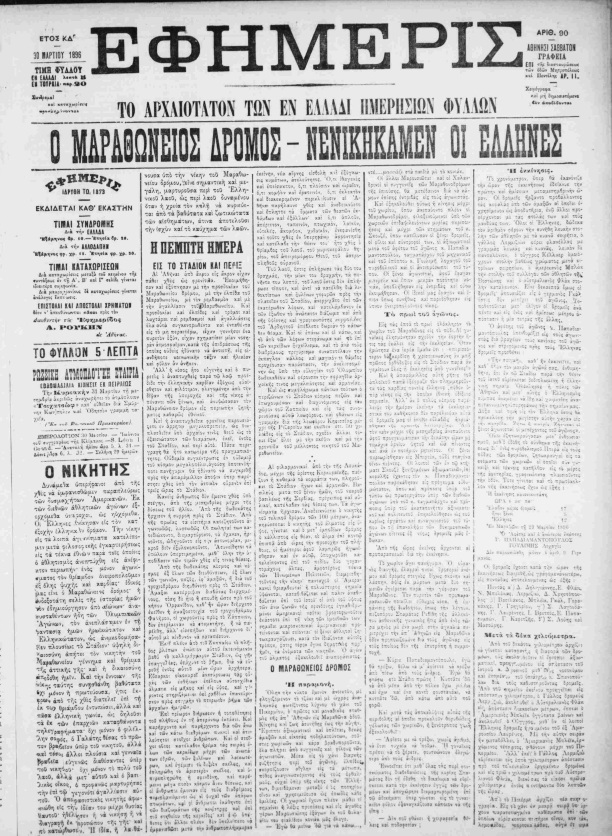
The Μarathon Race quickly became popular with international audiences. In fact, it became established even faster than the Olympic Games themselves. After Athens, the next Marathon Race was held in France on the Paris-Conflans route in July 1896. The distance of the marathon was approximately 40 kilometers until 1924, when the International Olympic Committee set the route at exactly 42,195 meters.
In every country, on every continent, even in Antarctica, marathons, half-marathons, and shorter distance races are organized. These races are a tourist attraction that no city in the world can ignore. It is no coincidence that the marathon route in each city is designed to pass by its sights and most beautiful spots. Preparing to welcome and accommodate runners from abroad requires systematic and very careful preparation by the authorities in each location.
As a destination for athletes, amateurs, and professionals, Athens maintains a competitive advantage as it is the city where participants run the authentic Marathon route. For runners around the world, participating in the Authentic Athens Marathon is a major goal. Although the Athens route is considered one of the most demanding due to its elevation differences and relatively high temperatures, thousands of runners come to the city every year for the race, accompanied by family and friends. It is noteworthy that this year’s international participation reached a record high, exceeding 10,000 runners from 125 countries.
The beginning of this successful event dates back to 1972 when the Classic Marathon was organized for the first time, at a time when the culture of mass sports was virtually non-existent. Only 70 athletes from 5 countries participated. In 1983, SEGAS took over the organization and, year after year, although in small steps, its popularity grew, following international trends. In recent years, the Marathon has broken participation records every year, reaching more than 75,000 participants of all ages in all events this year.
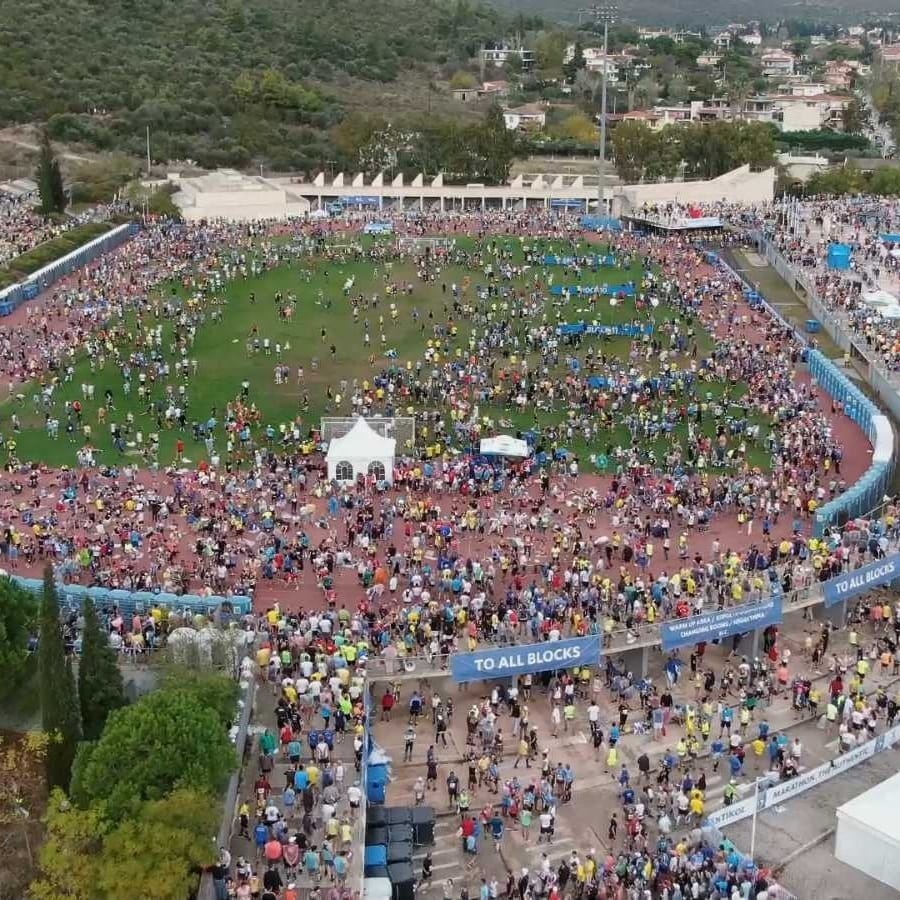
Source: https://www.facebook.com/athensauthenticmarathon/photos
The Authentic Marathon is the “spearhead” of sports tourism and city tourism. But beyond that, it is a day of celebration for the city, a message of optimism and peace that begins at the Tomb of Marathon and ends at the Panathenaic Stadium.
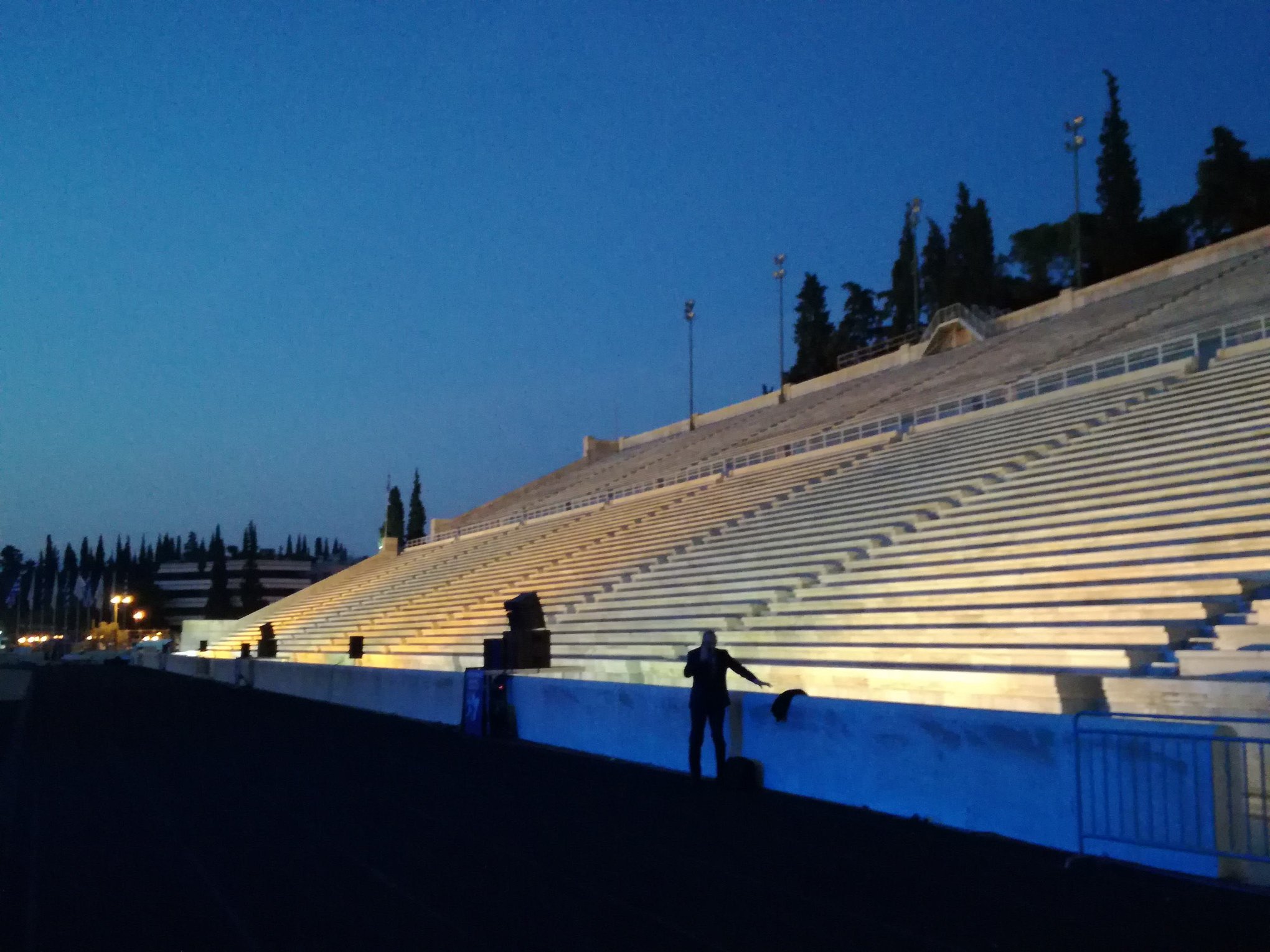
Source: https://www.facebook.com/athensauthenticmarathon/photos
https://worldsmarathons.com/s/running/antarctica/full_marathon
https://www.sansimera.gr/articles/696
https://www.everydayhealth.com/workouts-activities/running-statistics/
Leonidas Petridis & Alexios Batrakoulis, Greek Journal of Sports & Recreation Management, vol. 10 (2), 43–54, December 2013

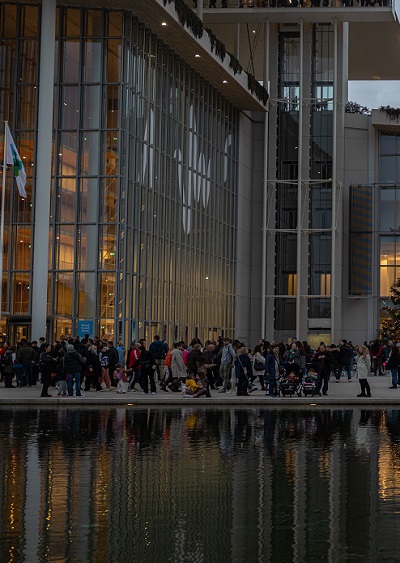
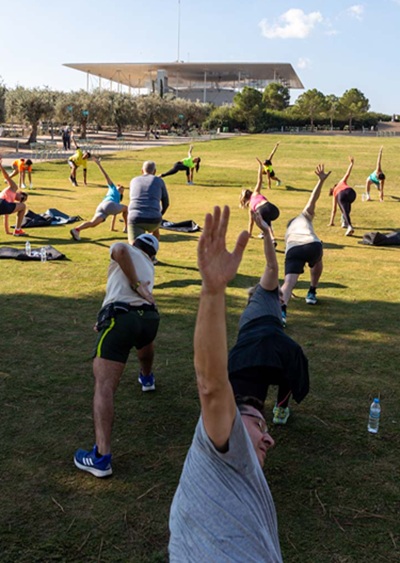

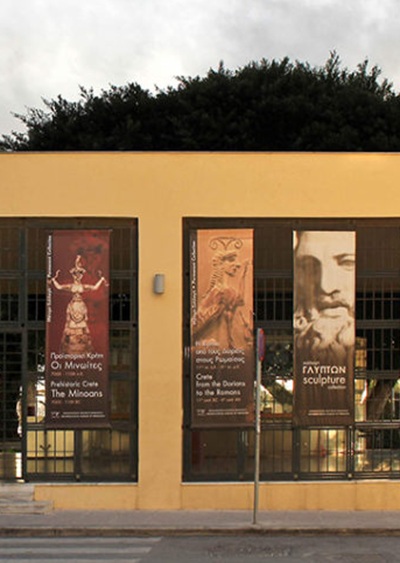
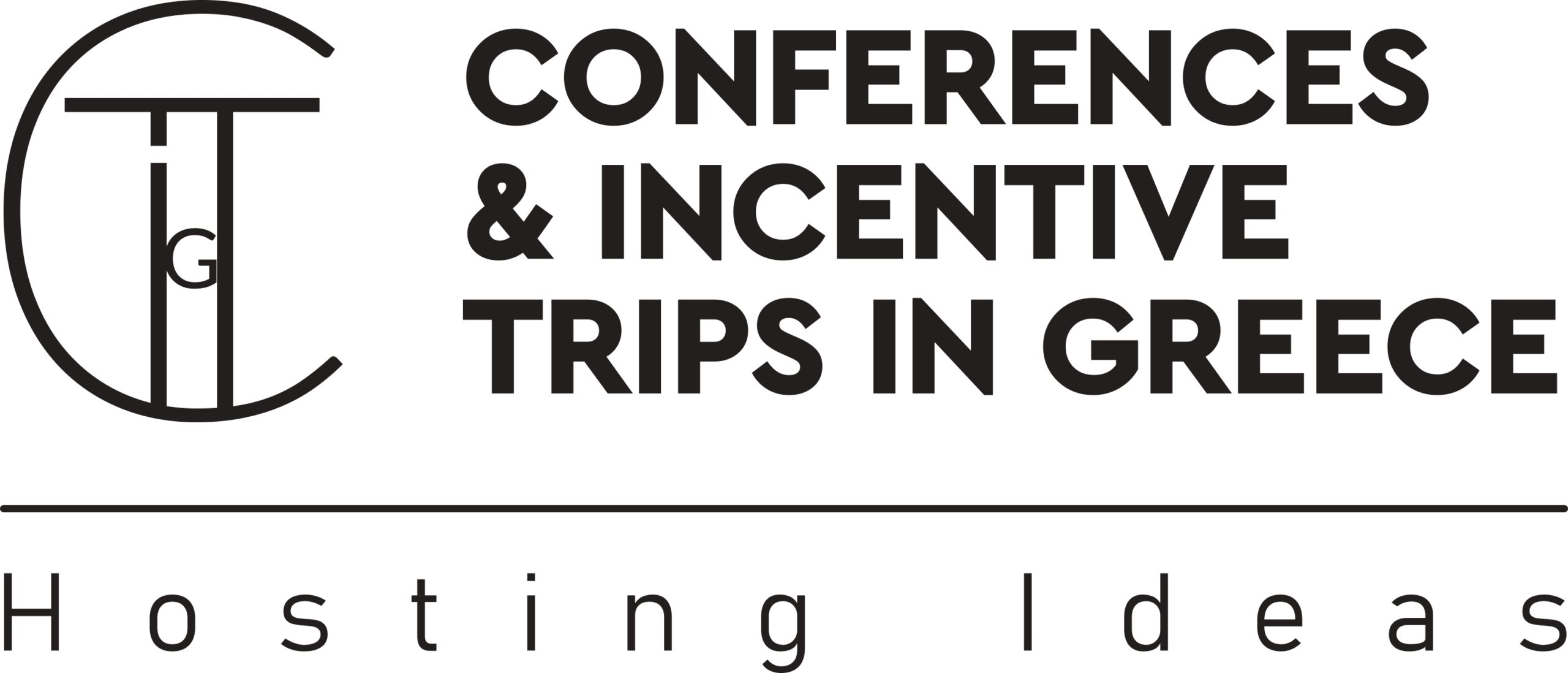

Leave A Comment